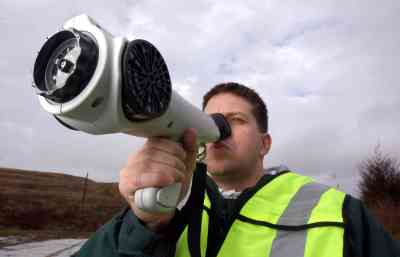- Location
- Leicester/England
No one disputes your comments regarding the environment between anaerobic and aerobic, however this thread was started regarding the odour around a plant and what regulations are in place to prevent this.
AD permit condition
3.3 Odour
3.3.1 Emissions from the activities shall be free from odour at levels likely to cause pollution outside the site, as perceived by an authorised officer of the Environment Agency, unless the operator has used appropriate measures, including, but not limited to, those specified in any approved odour management plan, to prevent or where that is not practicable, to minimise, the odour.
3.3.2 The operator shall: (a) maintain and implement an odour management plan; (b) if notified by the Environment Agency that the activities are giving rise to pollution outside the site due to odour, submit to the Environment Agency for approval within the specified period, a revised odour management plan; (c) implement any approved revised odour management plan from the date of approval, unless otherwise agreed in writing by the Environment Agency.






